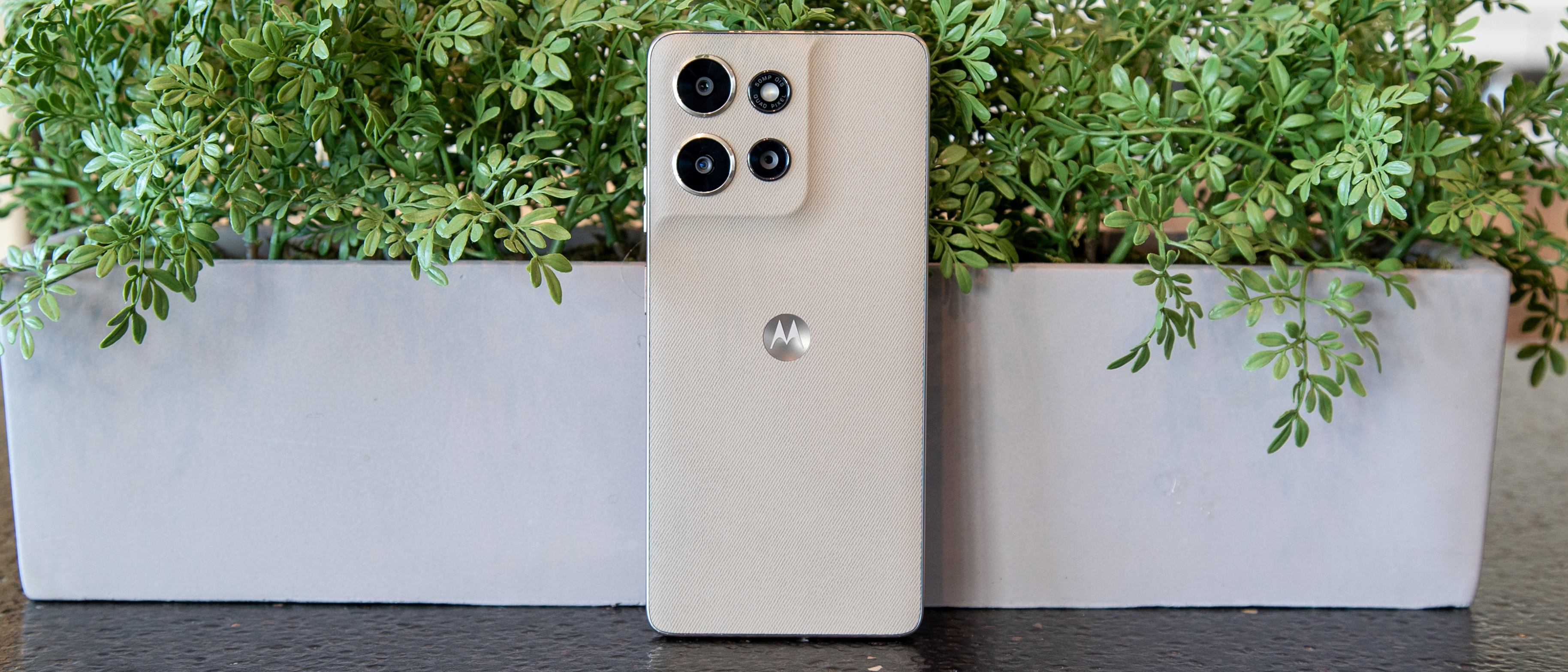4 things Samsung can do to make foldables mainstream in 2021 and beyond
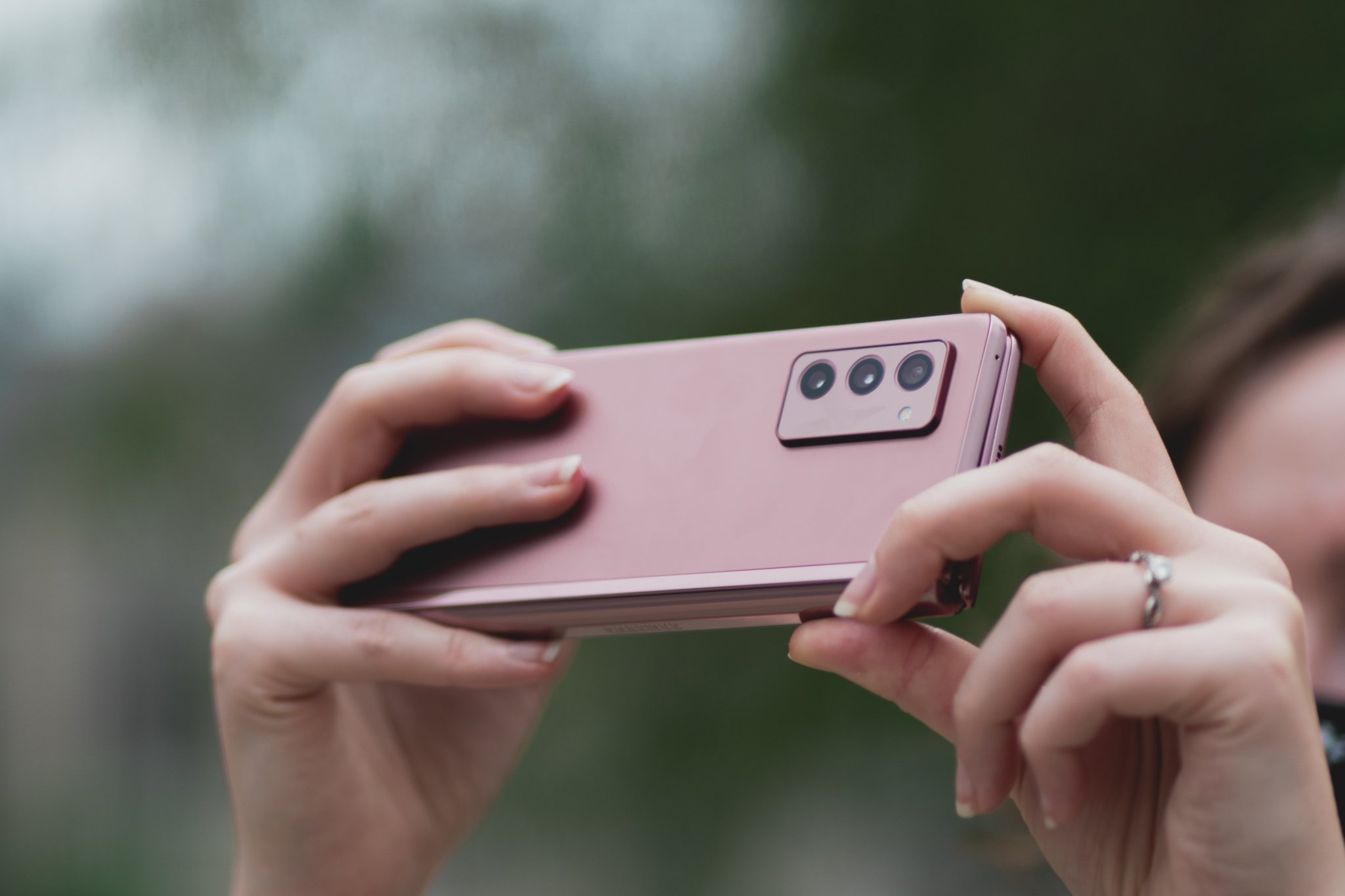
Outside of the best gaming phones, the biggest innovation when it comes to smartphones has been in the area of foldables. Samsung is easily leading the way with the likes of the Samsung Galaxy Z Fold 2 and Galaxy Z Flip 5G, but other OEM's have come out with options of their own.
Huawei's Mate X2 looks like the perfect foldable with a cover display large enough to act as a phone by itself before folding out into a massive tablet with no camera cutout on the inside. The Xiaomi Mi Mix Fold is intriguing not only thanks to its lower price point but also due to the Liquid Lens camera technology. TCL and LG have shown off rollable displays, but LG isn't making smartphones anymore, and TCL's designs are more of a concept instead of something that will actually make it to market.
The problem with Huawei is the obvious one, as it's not readily available here in the US, and it still doesn't support Google Services thanks to its place on the U.S. government's entity list. Xiaomi could make its way into the U.S. eventually after being removed from the same entity list, but it's unlikely that you will see the Mi Mix Fold here unless you import it. This leaves us really with only Samsung and Motorola here in the States for foldable smartphones, and Motorola is still getting its foldable act together.
There are more than a few reasons why foldables have not gone mainstream just yet, even though they seem to be growing in popularity. So what will it take for Samsung to make foldables mainstream in 2021 and beyond?
Bring down the prices

One of the biggest hurdles for either the Galaxy Z Fold 2 or the Galaxy Z Flip 5G is the price. The former has been permanently reduced to $1,799 as a starting point, while the latter starts at $1,199. For the Z Flip, that may seem like a more manageable price — until you compare it to the also $1,999 Galaxy S21 Ultra with its improved specs, IP-rating, and better overall design.
If Samsung really wants to put its foldable smartphones into the hands of more and more users, it needs to bring the price down. The Z Flip series will cater to those who want to use a smartphone with one hand — and have it fit into smaller pockets — but the Z Fold line is clearly going the route of a true flagship with all the bells and whistles.

Innovation is expensive. If you were to put the Samsung Galaxy Fold next to the Galaxy Z Fold 2, you would likely think these were two entirely different product lines. Samsung made some incredible strides between its first and second-generation product, but that comes at a cost that has since been passed onto the consumers.
Get the latest news from Android Central, your trusted companion in the world of Android
Even before the Galaxy S21 lineup was announced in January, there were simply too many compromises to be found with the Z Fold 2. We'll touch more on those here in a bit, but it's tough for anyone (not including tech enthusiasts) to justify the $2,000 retail price when you can find better specs across the board in a phone that costs several hundred dollars less.
Xiaomi's Mi Mix Fold could break the pricing mold for foldable smartphones, as it sports the latest Snapdragon 888 SoC and a flagship spec-sheet while coming in around $1,500. There are still compromises to be found with the Mi Mix Fold, but this is also Xiaomi's first attempt at a consumer foldable smartphone. Almost $1,700 is still a steep price tag, but it's a step in the right direction, and that's the step that Samsung needs to take first.
Improved durability
If you've checked out Mr. Mobile's channel recently, you'll likely have seen his impressions of both the Huawei Mate X2 and Xiaomi Mi Mix Fold. In the Mate X2 video, Fisher reveals that the display on his Z Fold 2 developed a crack going down the middle. The device in question was one he purchased on launch day and has been his daily driver ever since. That's less than a year of using the phone on a regular basis before ending up with a screen that needs to be replaced.
Samsung made great strides in the display department between the first Galaxy Fold and last year's model. But there's still room for innovation, and we aren't just talking about making the display compatible with an S Pen. If the "everyday consumer" is going to even consider something like a foldable smartphone, it has to be able to handle the grind of daily life.
Some users have been rough with their Z Fold 2 and have not experienced any issues at all. We're also far away from the days where removing the screen protector ends up damaging the phone entirely. But if Samsung can continue improving the display and overall durability, this could open the door for some type of official IP water and dust resistance rating. Even being to slap a label like IP65 or IP67 on the Z Fold 3 would go a long way in Samsung's favor.
Give us the best cameras
The Galaxy Z Fold 2 is a spec behemoth in most regards. At the time of its launch, it sported the latest Snapdragon chipset (in the Snapdragon 865+), along with 12GB of RAM and 256GB or 512GB of storage to go along with the 120Hz refresh rate for the big screen and solid battery life. There really wasn't much to complain about. Sure, we wish that Samsung didn't ditch the microSD card (it would help when playing some of the best Android emulators, that's for sure), but that's just the way Samsung is moving.
The triple camera setup on the Galaxy Z Fold 2 is more than serviceable for most people. No, you won't find the latest and greatest sensors that Samsung had to offer, even in late 2020, but it will be able to handle most of what you try to throw at it. Part of the reason for the different sensors compared to the Note 20 Ultra, which launched a month prior, is due to the manufacturing process. With such a unique and innovative design, the Z Fold 2 takes longer to manufacture, meaning that Samsung had to get this phone's design to suppliers much earlier than a traditional slab smartphone like the Note 20.
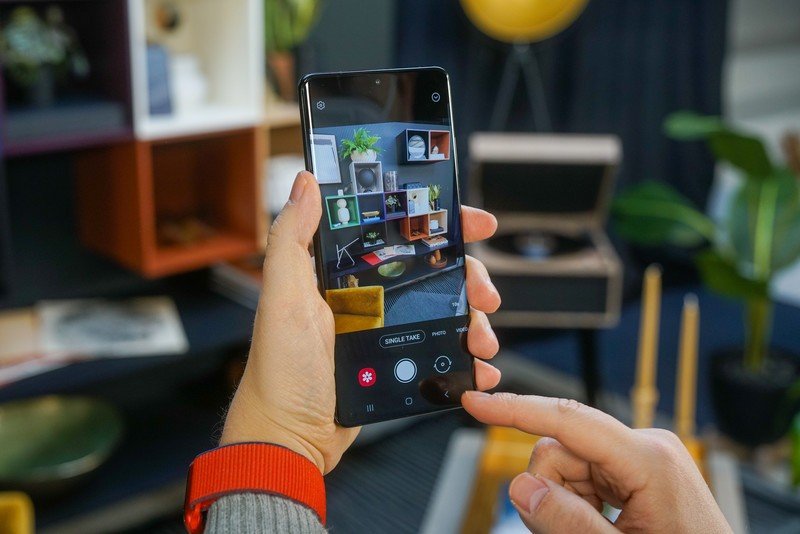
When put up against Huawei's Mate X2 and the new Xiaomi Mi Mix Fold, the Galaxy Z Fold 2 does seem to pale in comparison. Part of this is due to the fact that Huawei and Xiaomi spared no expense in this department, as evidenced by the steep $3,000 price tag of the Mate X2 and the varying compromises of the Mi Mix Fold. Not a single phone maker has been able to create the "perfect" mainstream foldable. However, we do believe that with Samsung's continued push and its decision to focus on the Z Fold 3 while delaying the Galaxy Note 21 until next year (possibly), the Galaxy Z Fold 3 could change everything.
If you're looking at spending $2,000 on a smartphone, you expect it to have all of the top-of-the-line specs. You're really not looking to "settle" in any department, but that's what Samsung had to do with the Z Fold 2. So many other facets of the device were re-engineered compared to the original Fold that cuts had to be made to avoid that Mate X2 price tag. But as we see on a yearly basis, component prices often fall, allowing more of the investment to be used in other areas. We're just hoping that Samsung can provide a camera system worthy of a true flagship with its next foldable.
Continue software innovation
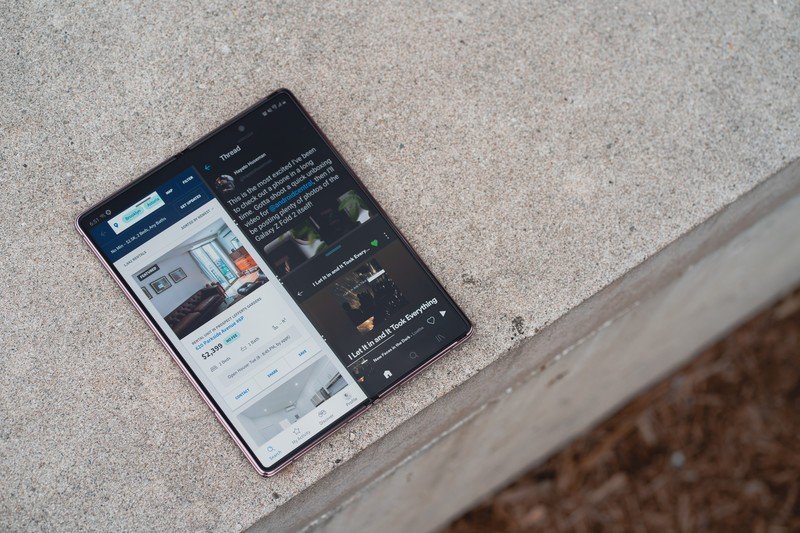
For the past few years, Google has been creating and implementing better tools to allow developers to more easily design apps to work flawlessly with foldables. During this time, Samsung's foldable software implementation, especially with the help of Good Lock, has been top-notch. It just goes to show that Samsung knows what it's doing in the software department, and knows how to integrate the hardware and the software, even if developers don't bake in support for folding screens.
However, if the Xiaomi Mi Mix Fold has taught us anything, it's that there's always room for improvement. With the Mi Mix Fold, Xiaomi introduced a desktop mode, which practically turns the 8-inch display into a traditional computer when paired with a keyboard and mouse. Think about those wretched netbooks from the days before the best Chromebooks wiped them from the market. But instead of poor performance and shoddy designs, you can get the same basic features from the same device as the one you use for making calls, playing the best Android games, and much more.

One questionable omission with the Galaxy Z Fold 2 was the lack of such a desktop mode. The company has been steadily improving its DeX Mode over the years, finally making it possible to connect your phone wirelessly without needing to use adapters or cables. But we would like to see a different mode accessible right from the 7.6-inch display of the Z Fold 2. Using your smartphone as a true all-in-one computing device is the dream, and Samsung's so close. It just needs to drive the point home with its next foldable.
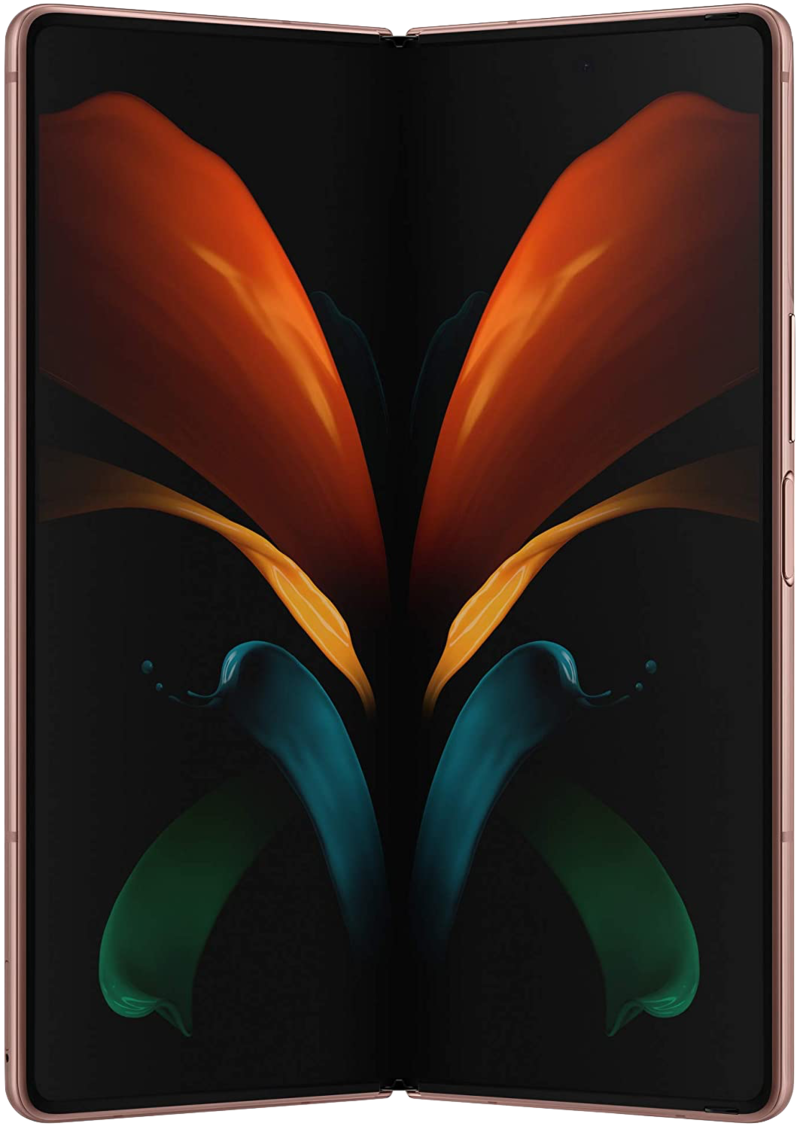
Still on top of the mountain, for now
Despite competition from Huawei and Xiaomi, the Samsung Galaxy Z Fold 2 continues to be the best foldable phone on the market and one of the best Android phones. With its unique design and fantastic software experience, it continues to impress even almost a year after its launch.

Andrew Myrick is a Senior Editor at Android Central. He enjoys everything to do with technology, including tablets, smartphones, and everything in between. Perhaps his favorite past-time is collecting different headphones, even if they all end up in the same drawer.

